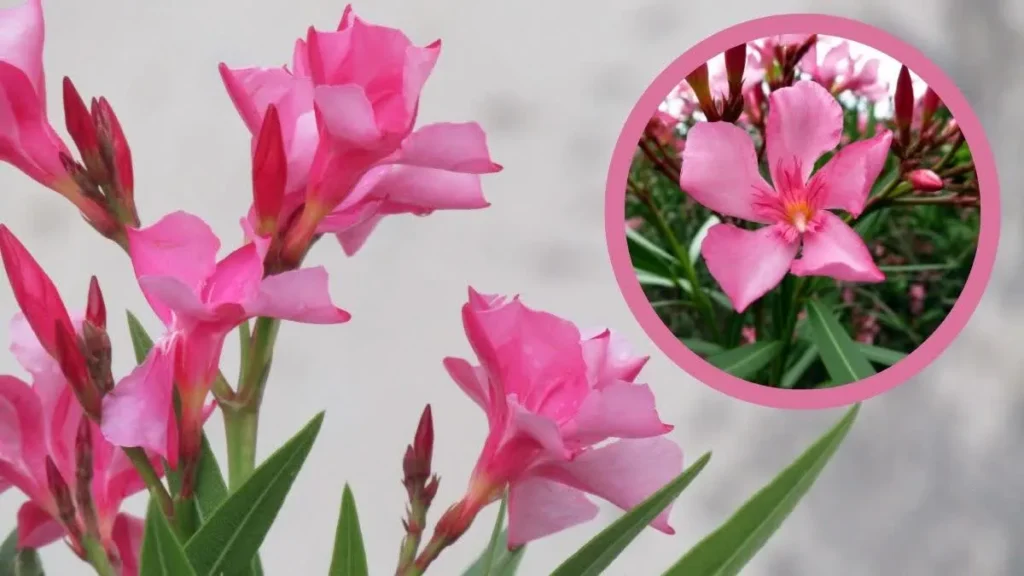Erium oleander, commonly cultivated globally for its ornamental beauty, holds a darker side as a potent poison. Recently, authorities overseeing approximately 2,500 temples in Kerala have imposed a ban on the use of oleander flowers in temple offerings.

This decision comes in the wake of a tragic incident involving the death of a 24-year-old nurse from Kerala named Surya Surendran. Surya inadvertently ingested a few oleander leaves near her home, leading to her collapse upon arrival at Kochi airport. Despite medical intervention, she succumbed to oleander poisoning days later. An autopsy conducted by a forensic surgeon confirmed the cause of death as oleander poisoning.
Erium oleander thrives in tropical, subtropical, and temperate climates, often forming natural green hedges along highways and beaches.
While Ayurvedic Pharmacopoeia of India (API) recognizes the use of oil extracted from oleander bark roots for treating skin ailments, the plant’s toxicity has been widely acknowledged globally.

This toxicity primarily stems from cardiac glycosides such as oleandrin, folinerin, and digitoxigenin present in all parts of the plant. These glycosides can induce strong and rapid heart contractions, leading to various symptoms of poisoning, including nausea, diarrhea, vomiting, skin rashes, confusion, dizziness, irregular heartbeat, bradycardia, and in severe cases, fatality.
